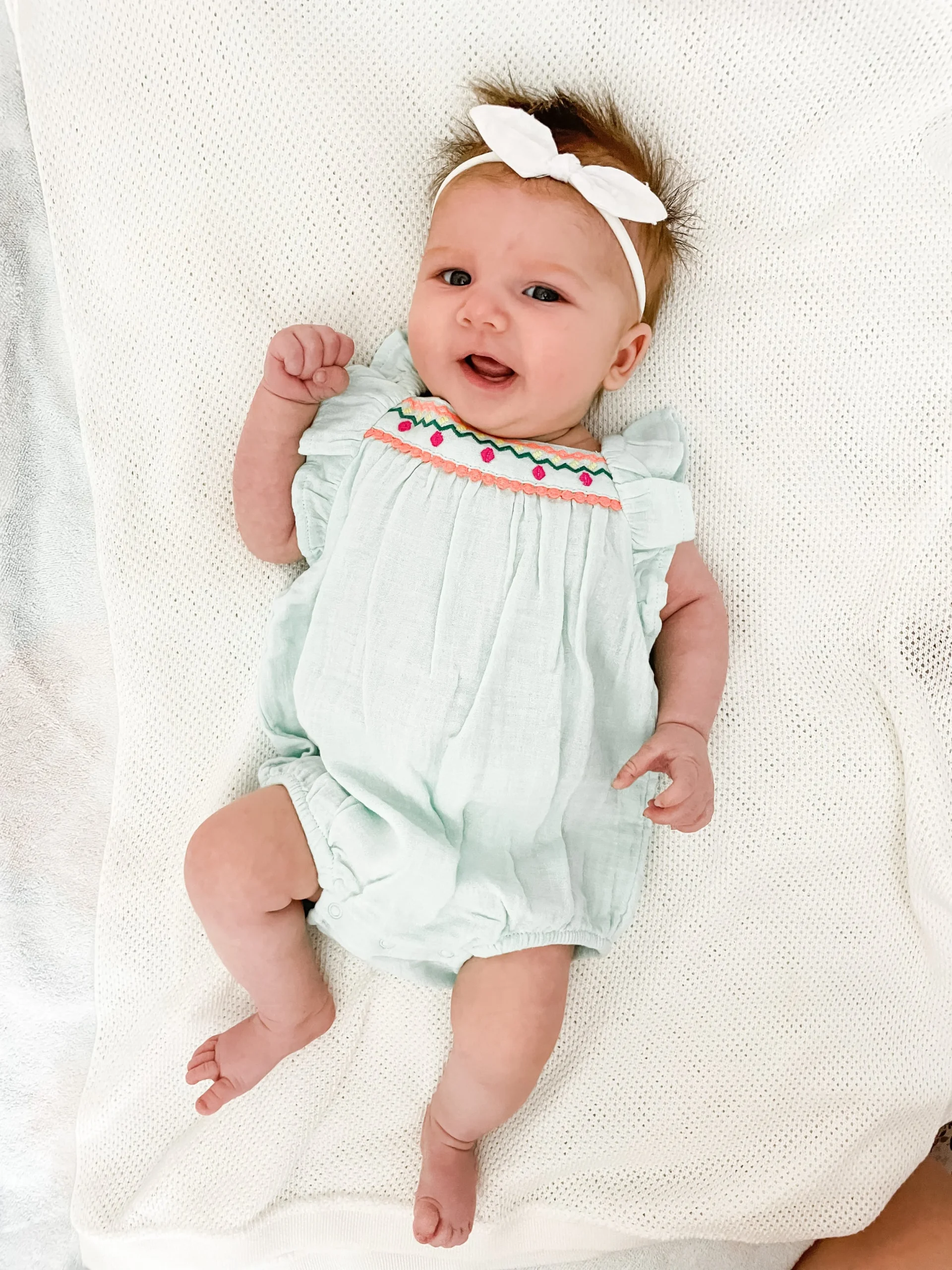Every week, I volunteer in my child’s classroom, and during one of my visits, a child made an unexpected comment about my son’s gymnastics classes. He looked puzzled and said, “I thought his legs were still broken since he wears those braces.” Ah, kids and their literal interpretations!
This sparked a meaningful conversation that I was eager to have. I explained that my son has cerebral palsy, a condition that makes him unique and presents challenges he navigates daily. We all have our differences, I said, and soon the discussion opened up. One child shared that he was allergic to shellfish, while another mentioned her celiac disease. By the end of it, we had a small circle of kids discussing their various differences, which broadened everyone’s understanding.
I reached out to the parent of the child who made the original comment, hoping to provide some context in case the conversation continued at home. She responded expressing gratitude for my explanation, indicating that they had been teaching their kids to overlook differences in hopes of minimizing their significance.
I completely understand this mindset; I once shared it myself. Before my son was born, I thought, “Why focus on what makes us different when we can teach kids to ignore them?” But here’s the twist: I believe it’s incredibly important to talk about differences!
Noticing and discussing how people may walk, think, or even process emotions differently is crucial. Some individuals might have dietary restrictions, dislike certain textures, or be sensitive to noises. It’s worth celebrating that people come in all shapes and sizes, some with visible differences, like missing limbs or sensory impairments. These distinctions don’t define worth; they are merely facets of being human.
I was a bit of an oddball growing up. I can’t say it was particularly difficult to be different as a girl—I didn’t feel pressured to conform to the typical “boy stuff.” I had a small circle of friends and was content in my own world, crafting stories in my head. As a kid, I was extremely thin, and I got my share of comments on that, too. Even puberty came with its own set of challenges; I realized I’d never have the same curves as my peers.
Now, I’m comfortable with who I am, quirks and all. My son’s differences are more pronounced than mine; his cerebral palsy will always be a part of his identity. If given the choice between encouraging other families to ignore his condition or to acknowledge it, I’d choose the latter every time. I don’t want it to be a constant topic of discussion, but it’s perfectly okay for kids to understand what his condition means and ask questions.
Most kids have something that makes them unique; they just might not have thought to frame it that way. Differences are not just okay—they’re cool! And whether we choose to acknowledge them or not, they are an undeniable part of life. The ongoing trend of ignoring differences may seem polite, but it ultimately leads to misunderstanding and segregation.
Imagine a classroom where kids are unprepared for peers who have specific needs—like a child in a wheelchair. If we don’t normalize these conversations, how can we expect to foster understanding? I’m grateful for the dialogue that started with that one comment. While not everyone will agree with my perspective, I believe that embracing differences is the way to go.
To learn more about navigating these conversations with your children, check out this excellent resource on pregnancy and home insemination from the NHS. And if you’re interested in exploring at-home insemination options, consider visiting this informative page on self insemination kits.
Summary
Engaging in conversations about differences is crucial for fostering understanding among children. By embracing uniqueness—whether it’s a physical condition, dietary restriction, or personal quirks—we not only celebrate diversity but also prepare kids for a more inclusive world. It’s essential to recognize that differences are a part of life, and discussing them openly can lead to mutual respect and understanding.
